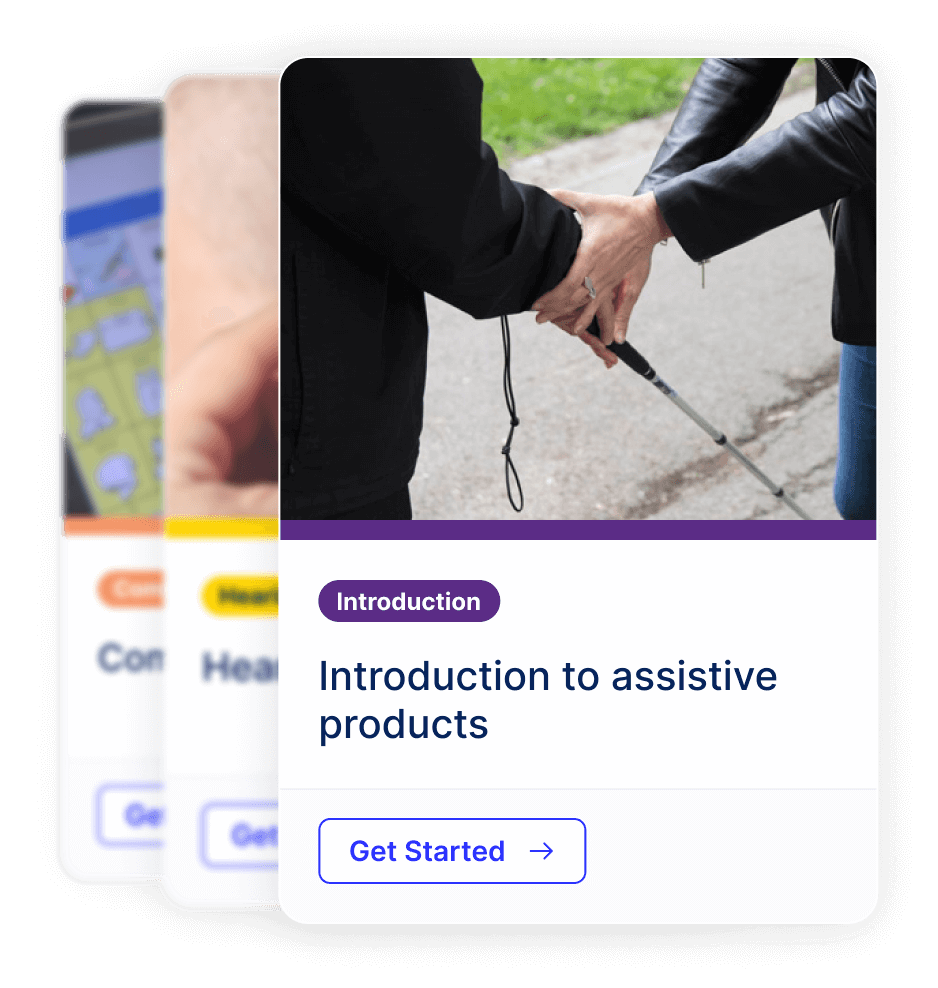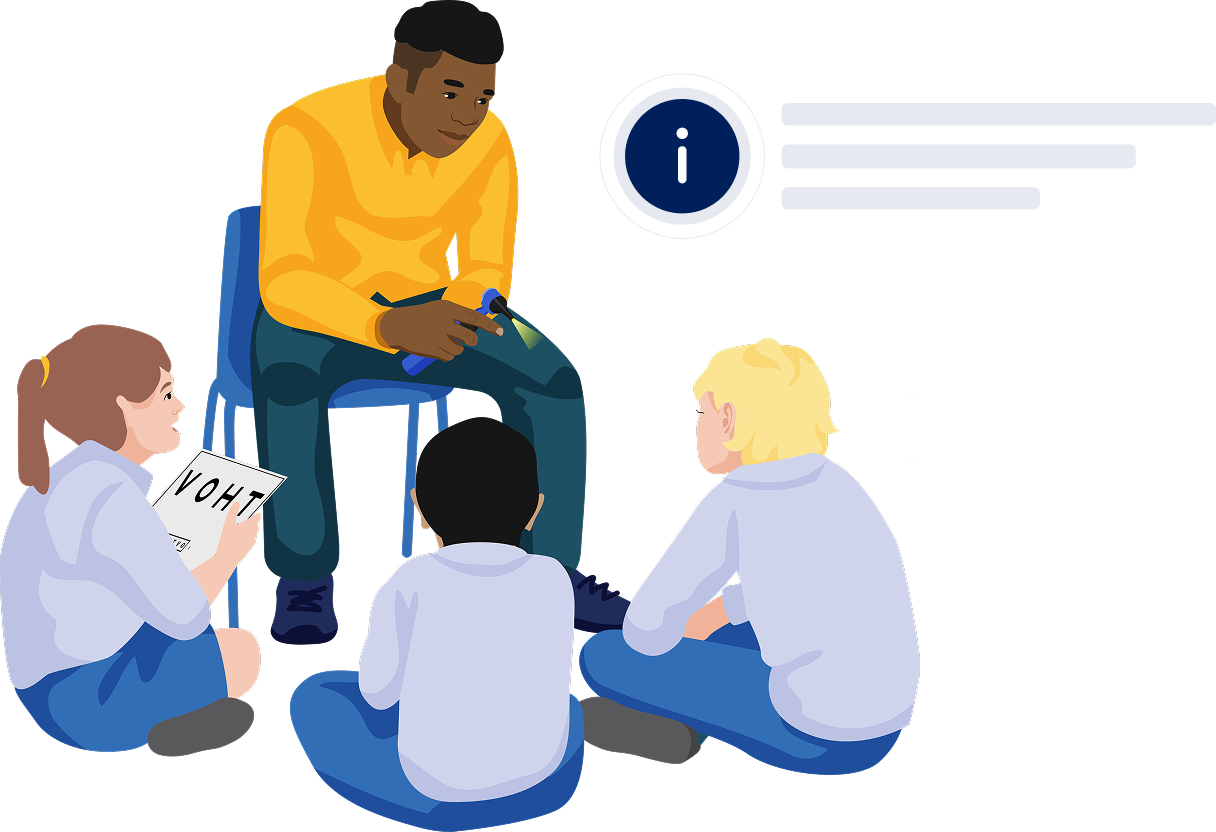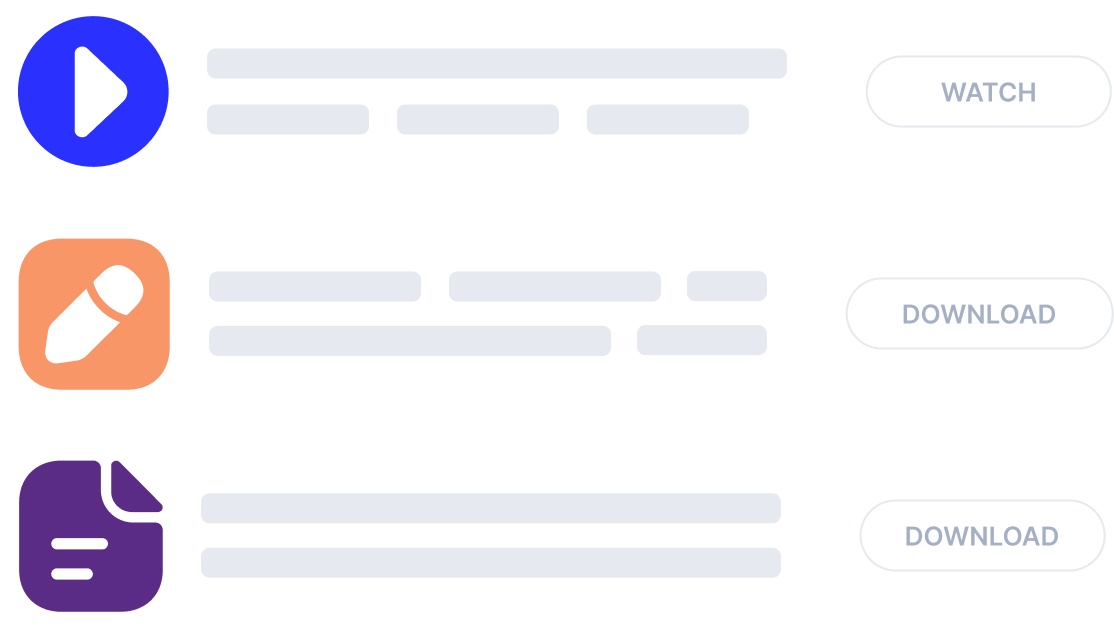Quelques mots de présentation
Learning on TAP (TAP en abrégé) est une ressource d'apprentissage mixte innovante de l'OMS. Notre plateforme en libre accès héberge des cours modulaires en ligne sur une série de rubriques santé. Les cours sont conçus pour que l'apprentissage en ligne soit suivi d'un apprentissage en face à face et d'une pratique supervisée sur le lieu de travail. Le TAP propose des formations pour les soins de santé primaires et les travailleurs communautaires, ainsi que des programmes de formation initiale. L'objectif est d'améliorer l'accès aux services de santé primaires et communautaires pour les personnes qui en ont besoin.

À qui s'adresse ce site ?

Personnel des soins de santé primaires
Il s'agit des médecins, des infirmières, des infirmières auxiliaires, des pharmaciens et des agents de santé communautaires.Personnes travaillant dans la communauté
Il s'agit notamment des personnes travaillant dans l'éducation, les services sociaux ou la santé communautaire.Formation initiale
Les cours peuvent être utilisés pour dispenser des programmes de formation initiale et d'éducation. Le contenu de la formation peut également être utilisé pour informer le développement des programmes d'études.Comment cela fonctionne-t-il ?
Pour commencer, rien de plus simple. Il suffit de s'inscrire, de se connecter et de se plonger dans une formation.
Enregistrement
Créez votre compte pour accéder à l'ensemble des cours et des ressources.
Créez votre compteApprendre en ligne
Explorez une variété de cours adaptés à vos objectifs personnels et professionnels.
Explorer les coursCaractéristiques de la plate-forme
Formations
- Des cours codés en couleur pour une navigation aisée
- modules approfondissement pour améliorer vos connaissances et vos compétences
- Éléments interactifs pour promouvoir l'engagement dans les rubriques
- Disponible dans plusieurs langues.


Interactif
Quiz et certificats
- Suivez vos progrès
- Relevez le défi de scénarios concrets
- Obtenez des certificats téléchargeables.


Bibliothèque de ressources
- Vidéos de témoignages et de tutoriels
- Formulaires de dépistage et d'évaluation et documents d'appui
- Ressources pour les mentors et les responsables de la mise en œuvre au niveau local.
Contributeurs
Conception et développement:Irene Calvo, Carolina Der Mussa, Sarah Frost, Lucy Norris, Giulia Oggero, Lucie Pannell, Louise Puli, Kylie Shae, Emma Tebbutt, Mitasha Yu.
Accessibilité : Piotr Zrolka, Céline Hazbun.
Illustrations, graphisme et médias:Codi Ash, Jordan Bang, Julie Desnoulez, Ainsley Hadden, Solomon Gebbie.
Site web :Physiopedia.
Partenaires de recherche, de développement et de mise en œuvre :Batterjee Medical College, Arabie Saoudite ; HelpAge Tanzania, Tanzanie ; Humanity and Inclusion, Irak ; Human Study e.V, Allemagne ; Indian Institute of Public Health ; Comité international de la Croix-Rouge, Suisse ; Mobility India, Inde ; ministère de la santé, Bhoutan ; ministère de la santé, Ukraine ; Motivation Australia, Australie ; Motivation Romania, Roumanie ; Maulana Azad Medical College, Inde ; National Capital District Provincial Health Authority, Papouasie-Nouvelle-Guinée ;National Institute of Physical Medicine and réadaptation, Inde ; National Orthotics and Prosthetics Service, Papouasie-Nouvelle-Guinée ; Papua New Guinea Eye Care ; Port Moresby General Hospital Eye Clinic, Papouasie-Nouvelle-Guinée ; Rural Development Trust, Inde ; Society for Sound Hearing, Inde ; University of Southampton, Royaume-Uni.
Bureaux de pays de l'OMS en :Azerbaïdjan, Bhoutan, Éthiopie, Fidji, Géorgie, Ghana, Inde, Indonésie, Iran (République islamique d'), Iraq, Libéria, Myanmar, Népal, Pakistan, Papouasie-Nouvelle-Guinée, Roumanie, Tadjikistan, Ukraine, République-Unie de Tanzanie.
Bureaux régionaux de l'OMS:Bureau régional pour l'Afrique, Bureau régional pour les Amériques, Bureau régional pour la Méditerranée orientale, Bureau régional pour l'Europe, Bureau régional pour l'Asie du Sud-Est, Bureau régional pour le Pacifique occidental.
Développement des modules :Chaque module a bénéficié de la contribution de nombreuses parties prenantes et de documents de référence. Ces personnes et organisations sont mentionnées à la fin de chaque module.
Soutien financier : Nous remercions les organisations suivantes pour leur généreux soutien financier : Le programme AT2030 de l'UKAID dirigé par GDI Hub, les gouvernements de Norvège et d'Autriche, l'Agence américaine pour le développement international (USAID), ATscale le Partenariat mondial pour les technologies d'assistance hébergé par le Bureau des Nations Unies pour les services d'appui aux projets (UNOPS), le Bureau des Nations Unies pour la coordination des affaires humanitaires (UNOCHA).